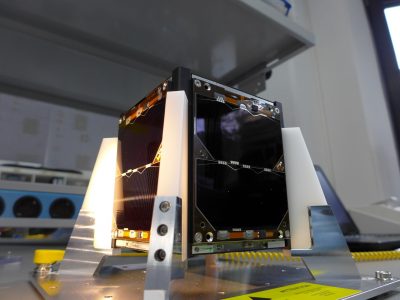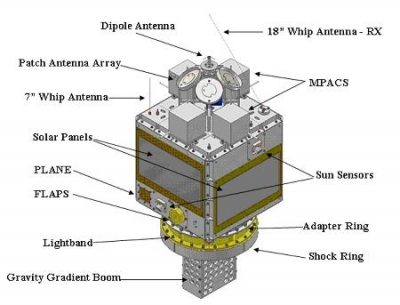Nu finns mer information om JY1-SAT som är Jordaniens första satellit. Intressant för oss radioamatörer är att det finns en FUNCube ombord dvs. samma system som tex. AO-73. Det är ett samarbete med AMSAT-UK och AMSAT Nederländerna.
Glädjande är att det blir en linjär transponder nerlänk mellan 145.855 & 145.875 MHz och uplänk mellan 435.100 & 435.120 MHz. Telemetry downlink på 145.840MHz.
Info nedan från FUNCubes hemsida.
During the final satellite integration training for Jordan’s first satellite, JY1-SAT, the team was supported for the final stages of integration by His Royal Highness Crown Prince Al Hussein bin Abdullah II. The spacecraft has been given to students of the Masar Initiative at the Jordan University of Science and Technology as part of the JY1-SAT mission support and training program under the Crown Prince Foundation given by ISIS – Innovative Solutions In Space and AMSAT UK and AMSAT Netherlands,.
The JY1-SAT mission was proposed by Jordanian students who participated in the first batch of the cooperation program with NASA, after which the interns had suggested the design and launch of the first Jordanian satellite CubeSat.
To build up the capability to design and develop such a first mission, the Crown Prince Foundation signed a support agreement with ISIS – Innovative Solutions In Space and the AMSAT Radio Amateur Societies of the UK and the Netherlands, for hardware and training support, building on ISIS’ and AMSAT’s experience with FUNcube radio amateur transponder missions.
As a special development for the JY1-SAT mission, AMSAT has expanded the capabilities of the FUNcube transponder to be able to transmit stored images reflecting the Jordanian culture and its historical heritage, along with a voice message recorded by the Crown Prince to be transmitted in space to receivers around the world.
The launch of the JY1-SAT, scheduled during the first half of next year, is in memory of His Majesty the late King Hussein, the first founder of the HAM Radio in Jordan and holder of call sign JY1.
JY1-SAT will have a linear, inverting, transponder downlinking between 145.855 & 145.875 MHz with the uplink between 435.100 & 435.120 MHz. The telemetry downlink will be on 145.840MHz and be FUNcube compatible. A new Dashboard will be made available before the launch of JY1-SAT



